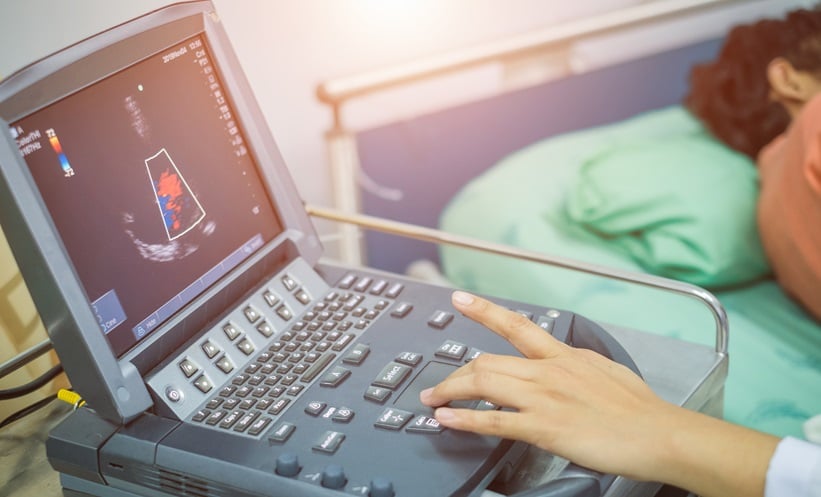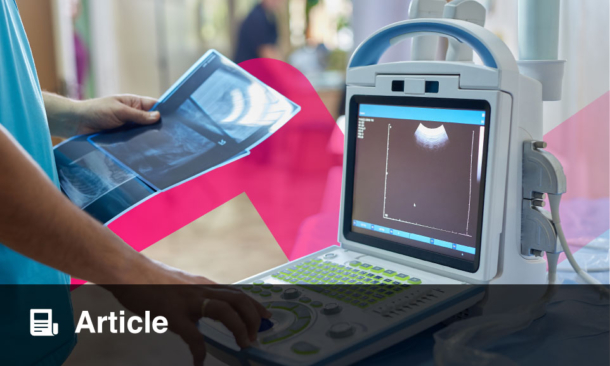BACKGROUND AND AIMS
Takotsubo syndrome (TS) is characterised by transient regional wall-motion abnormalities manifesting as apical ballooning on imaging following acute stress.1,2 Sex differences in TS prevalence are well-documented, with a marked preponderance among postmenopausal women.3 Oestrogen deprivation is believed to play a facilitating role. Using a high-fidelity rat model of TS,4,5 the authors aimed to investigate the relationship between oestrogen and stress-induced apical ballooning in female and male rats.6
METHODS
Study 1 examined 24 oophorectomised female rats receiving daily subcutaneous 17β-oestradiol injections (0–72.9 µg) for 3 weeks before TS induction. Study 2 randomised 32 orchiectomised male rats to receive subcutaneous oestrogen supplementation (54.3 µg daily for 3 weeks) or vehicle (MIGLYOL® 812 N [IOI Oleo GmbH, Hamburg, Germany]). TS was induced in all animals via isoprenaline infusion (1 mg/kg over 15 minutes), and blood samples were taken prior to induction for the analysis of sex hormones using high-sensitive gas chromatography-tandem mass spectrometry. Using high-resolution echocardiography, left ventricular akinesia index (LVAI) was measured to quantify the extent of regional wall-motion abnormalities.
RESULTS
In Study 1, oestrogen demonstrated an exponential dose-dependent protective effect against TS in females, with higher plasma levels correlating with reduced LVAI (correlation coefficient: –0.564; p=0.006). In contrast, Study 2 demonstrated that oestrogen supplementation in males significantly increased TS severity (p=0.022) and incidence of apical thrombus formation (22% versus 0% in controls; p=0.002), and showed a trend towards increased mortality (p=0.100) due to early-phase arrhythmias. Combined analysis revealed an increased TS susceptibility in female rats after adjusting for sex hormone differences (coefficient for male sex: –7.85; p=0.022), and a significant sex-specific effect of oestrogen supplementation (interaction: p<0.001), with protective effects in females but detrimental effects in males.
DISCUSSION
TS has long been described as a ‘woman’s disease’, and differences in sex hormones, mainly oestrogen, have been considered the main cause. The authors’ investigations reveal that oestrogen’s role is more complex than previously thought. Their findings provide strong evidence for the protective role of oestrogen in females; however, it paradoxically increases TS severity in male rats. This distinct, sex-specific response to oestrogen suggests that additional mechanisms beyond simple hormone levels contribute to the sex differences observed in patients with TS. This sex-specific response to oestrogen helps explain why, despite men having lower oestrogen levels throughout life, they don’t show the same TS susceptibility as postmenopausal women.
CONCLUSION
Oestrogen attenuates stress-induced regional wall-motion abnormalities in a dose-dependent manner in oophorectomised female rats, while increasing them in orchiectomised male rats.







